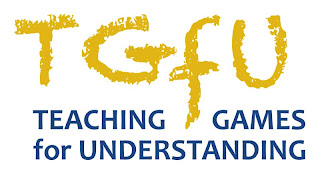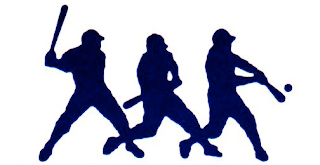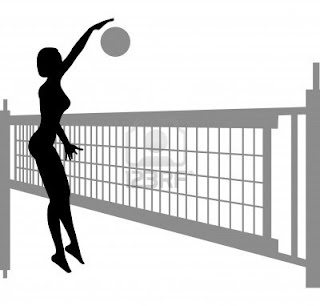The idea behind the "Teaching Games for Understanding" model is that it provides a learner centered approach that puts the needs and abilities of the participants first over the importance of the game. Created by David Bunker and Rod Thorpe, who had identified that far to often students were leaving the education system with very little knowledge of how to play games effectively and how to transfer the technical skills back into games. This approach was intended to provide learners with an understanding of the technical and tactical skills necessary to be successful across a wide variety of games and the motivation to continue participation.
The four different categories of games that are discussed within the "Teaching Games for Understanding" model are:
-
Target
-
Striking
-
Net/Wall
-
Invasion Games
The first game category in this model is "Target Games". The main intention for "Target Games" is to send away an object to make contact with a specific stationary target in fewer attempts than the opponent. The main concept for this category of games is the
sending away aspect and the skills that should be emphasized is the
drive, release and
deliver. Some examples of a target game could be
archery, bocce ball, bowling, croquet, curling, darts, golf and
pool.
The second game category described in this model is "Striking Games". The main intention for "Striking Games" is to place the ball far away from fielders in order to run all of the bases and score more runs than the opponents. The main concepts for this game are the
placement of the ball in the field, decision making, covering bases and
base running. Skills that should be emphasized in this game category are
striking, body positioning, hand positions on bat, observation, listening, receiving, throwing, sprinting, ready position, moving sideways, and
sliding. Some examples of "Striking Games" are
baseball, cricket, kickball, and
softball.
The third game category described in the model is "Net/Wall Games". The main intention of these type of games is to send the ball back to the opponent so that they are unable to return it back or are forced to make and error. The only time that the ball is held, is when someone is serving. The concepts that should be inferred are
spatial awareness, positioning on court, position of body, trajectory, depth and
angles. The skills that are emphasized in this type of game are
throwing, catching on bounce, volley, serving, receiving serve, running, stopping, changing directions, balance, footwork, hitting the ball, hitting with specific force, lob shot, drop shot, spin shots, drives, digs, control of racquet, angle of racquet, forehand and
backhand. Some examples of "Net/Wall Games" are
badminton, pickle-ball, tennis, volleyball, racquetball and
squash.
The fourth game category described in the model is "Invasion/Territorial Games". The main intention of this game category is to invade the opponents defending area to score a goal while at the same time, trying to protect your own goal. The concepts that should be associated with this type of game is divided up into Defensive and Offensive Concepts. Some offensive concepts are, keeping possession, penetration and invasion. Some defensive concepts are, zoning, defending players in an area, defending a specific player and transition. Skills that should be attained playing these type of games are sending, receiving, travelling, passing, dodging, change of speeds, running in different directions, footwork, peripheral vision and quick change of direction. Some examples of this type of game category are basketball, field/ice hockey, lacrosse, football, rugby, soccer and ultimate Frisbee.

A tactical problem is a game plan or tactic that does not work and will need to be changed in order to meet the specific needs of the moment. A tactical problem that could arise in a target game would be the inability to throw the bowling ball straight. Therefore, the person having difficulty will have to go back and take a look at their release tactic of the ball in order to correct the accuracy of their throw. A tactical problem in net/wall games could be the inability to overhand serve the volleyball. The individual will have to breakdown the specifics of skill and figure out which they are performing incorrectly. A tactical problem that could occur in a striking game would be the inability to hit the ball far out into the field. A person having difficulty in this would have to consider where they are hitting the ball on the bat or how their body is angled and try to figure out how they could change this problem. A tactical problem that could arise with invasion territory games is the inability to maintain ball possession on offense. The player or players having trouble with this will have to each look at individual tactics that could be contributing to this tactical problem.









/http%3A%2F%2Fpagekite.net%2Fuploads%2F4d301b78-334d756_picture%201.png)
/https%3A%2F%2Fstorage.canalblog.com%2F30%2F09%2F1044292%2F86025411_o.jpg)
/https%3A%2F%2Fstorage.canalblog.com%2F18%2F54%2F1044292%2F85944358_o.jpg)